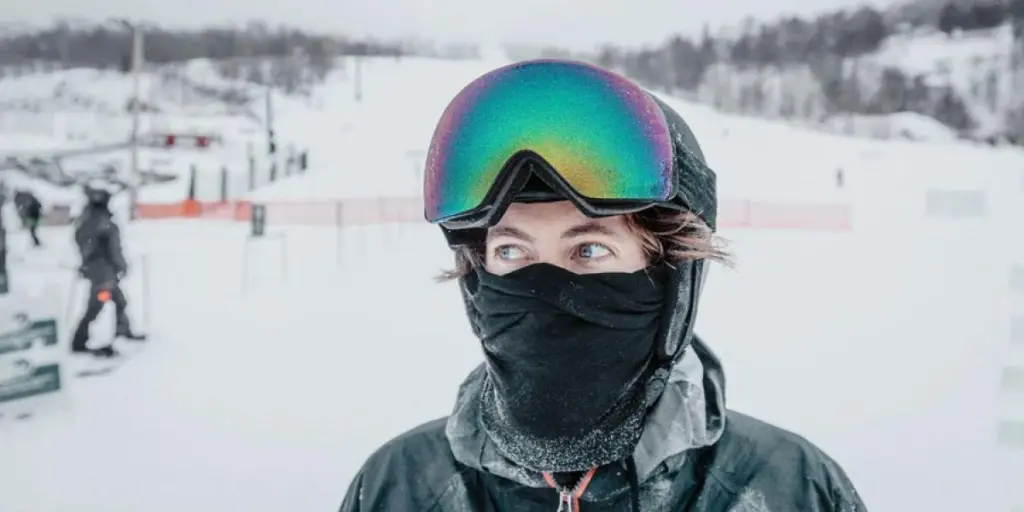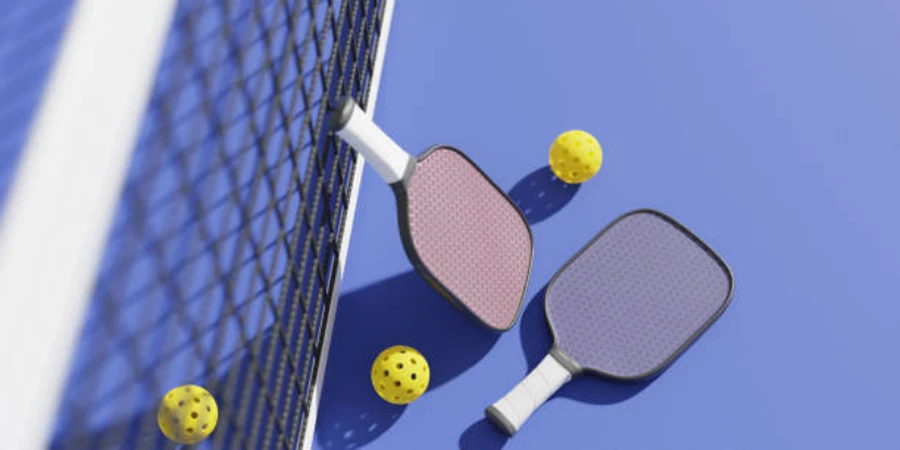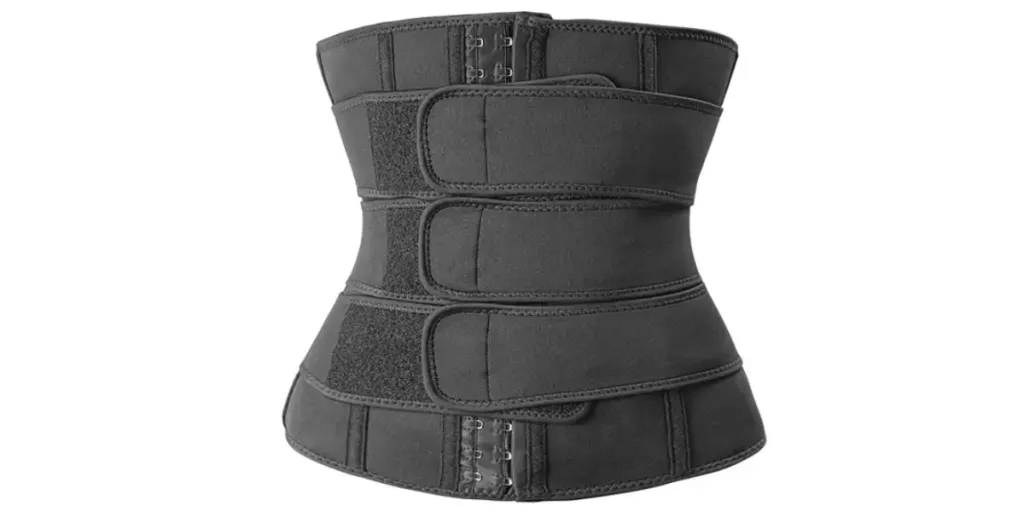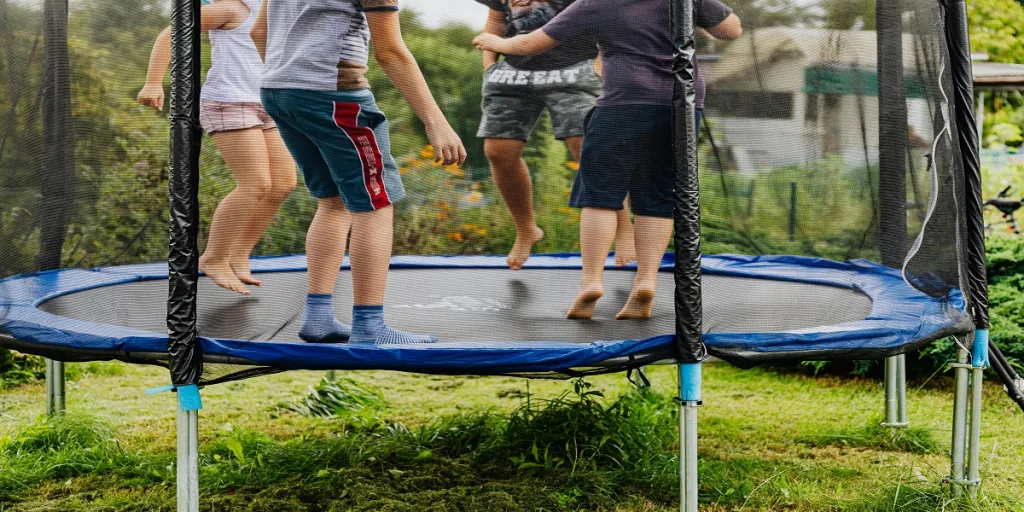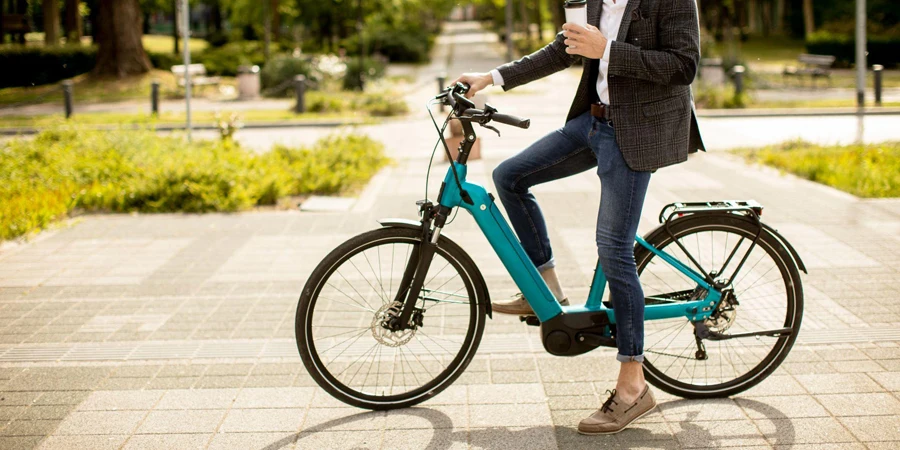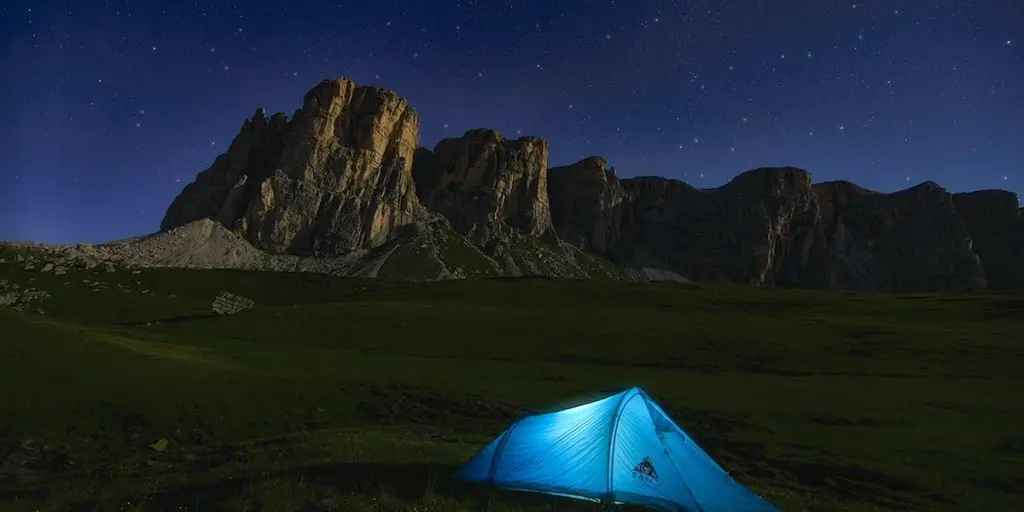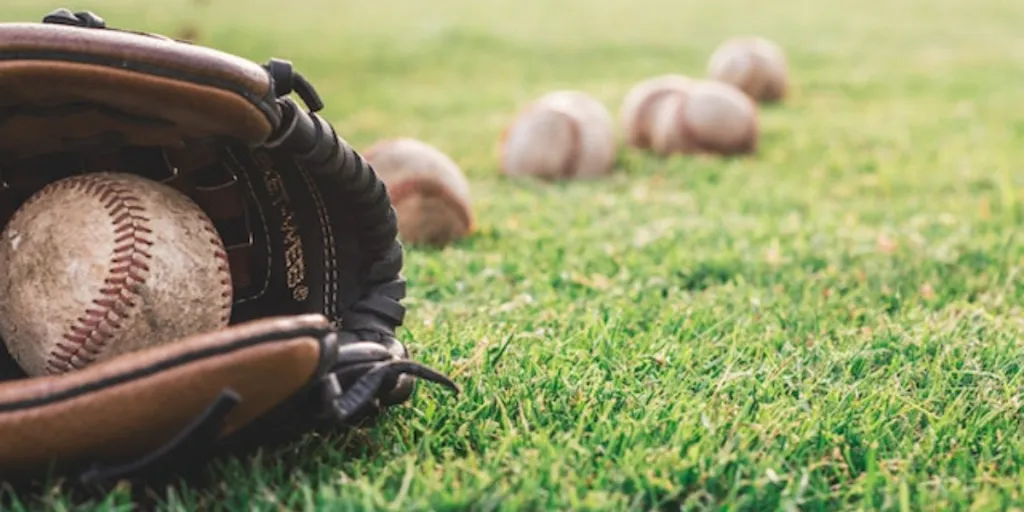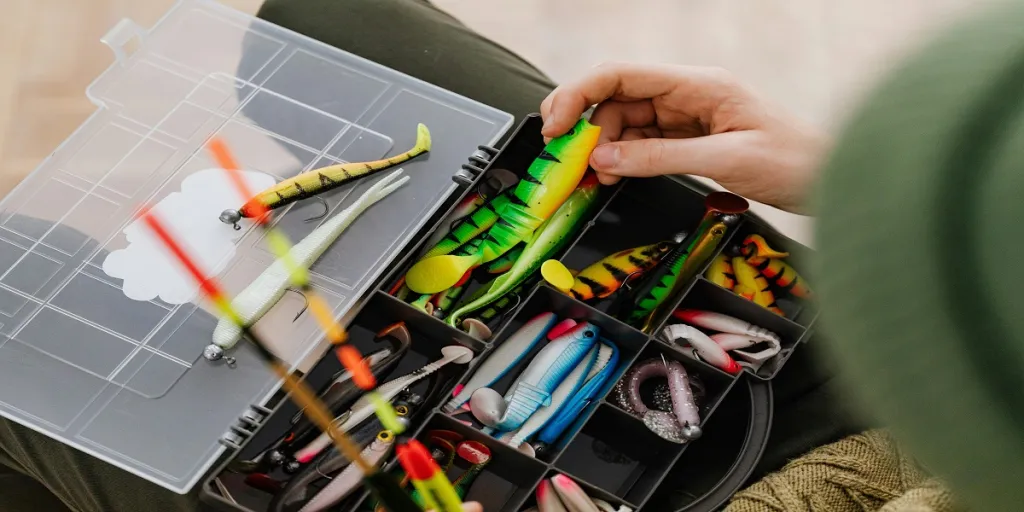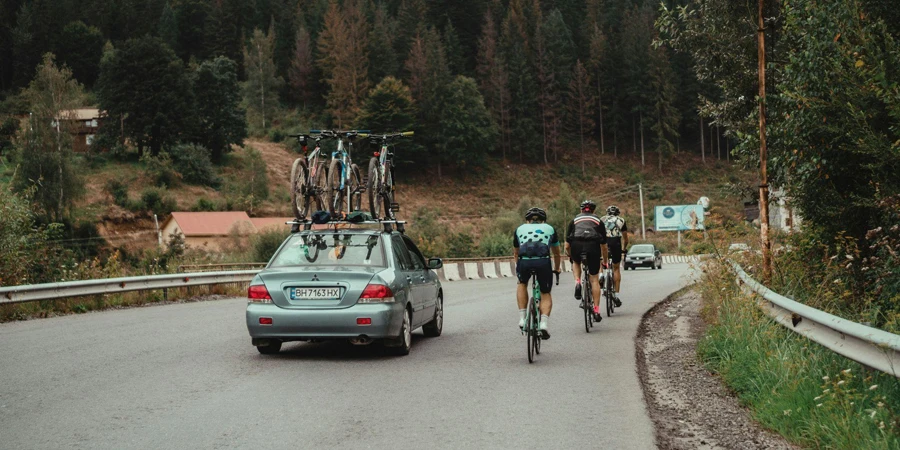Table of Contents
Introduction
Market Overview
Selection Criteria
Top Picks
Conclusion
Introduction
In 2024, selecting the right ski mask is more than just a matter of comfort; it impacts both safety and performance on the slopes. As the ski industry evolves, the latest advancements in technology and design offer a variety of options tailored to diverse weather conditions and personal preferences. From materials that promise maximum warmth without sacrificing breathability to designs that ensure a seamless fit with skiing helmets, the right choice can significantly enhance your skiing experience. This guide not only navigates through these vital selection criteria but also highlights the top ski masks of the year, ensuring you make an informed decision that combines style, functionality, and protection. We aim to equip you with all you need to face the winter elements with confidence and ease.
Market Overview
The global ski gear & equipment market, valued at USD 1.70 billion in 2023 and projected to reach USD 2.26 billion by 2032 with a CAGR of 3.2%, underscores the burgeoning interest and financial investment in winter sports. Clearly, the ski mask is a must-have for skiing. As outdoor enthusiasts look for ski masks that combine functionality, comfort, and style, major brands like Zerdocean, Adidas, and Nike are expanding their product lines to meet this demand. The market is segmented into various types, each offering unique benefits to the user. The balaclava, for instance, is gaining popularity for its comprehensive coverage and versatility. In addition, the need for ski masks extends beyond traditional skiing and snowboarding, with applications in outdoor work, winter sports, and even in health safety protocols.
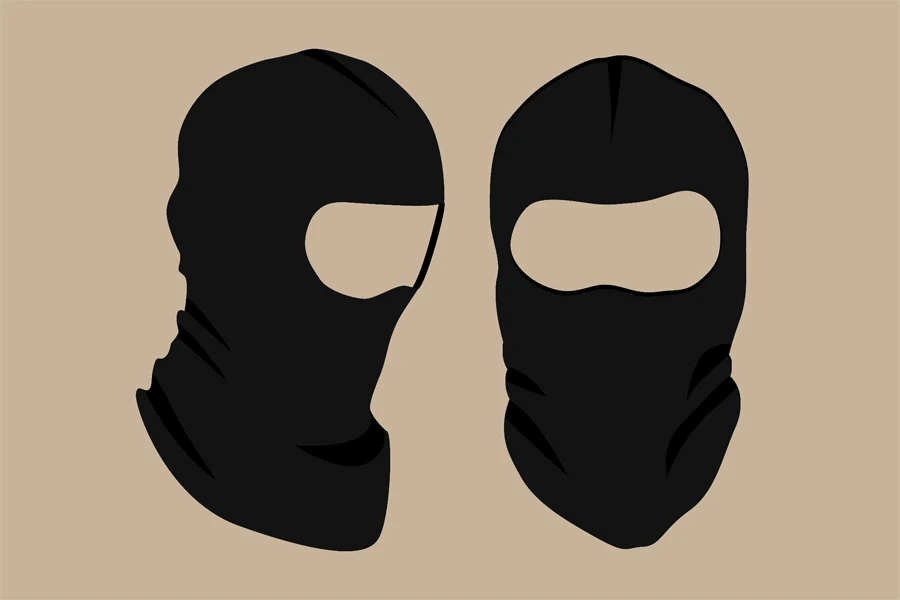
Selection Criteria
When selecting a ski mask for your winter adventures, consider the following criteria to ensure optimal protection, comfort, and style:
Materials:
Choose ski masks made from high-quality, moisture-wicking materials. These materials keep you warm, dry, and comfortable by effectively managing moisture and providing insulation. Avoid cotton as it retains moisture and can lead to discomfort.
- Acrylic: Often used in knitted balaclavas.
- Advantages: Tactile fabric with a bright appearance, relatively low cost, excellent recovery properties, and good warmth retention.
- Disadvantages: Lacks alkali resistance, not heat resistant, and has poor hygroscopicity.
- Wool: Textile fiber obtained from sheep and other mammals.
- Advantages: Resistant to wrinkles and mildew, implying that the fabric will not support mold growth.
- Disadvantages: Expensive and low-quality wool can be itchy.
- Polyester: A macromolecular chain fiber synthesized from small molecules, widely used in textile and industrial fields.
- Advantages: Low cost, durability, and elasticity.
- Disadvantages: Lack of breathability, moisture absorption, and environmental concerns as it’s not biodegradable.
- Spandex: A kind of polyurethane fiber known for its excellent elasticity.
- Advantages: Large extensibility, good shape retention, acid and alkali resistance, and good dyeability.
- Disadvantages: Poor hygroscopicity, usually not used alone but blended with other fabrics, and poor heat resistance.
- Silk: A natural protein fiber produced by certain insect larvae to form cocoons.
- Advantages: Lightweight, soft, smooth, and absorbs moisture well.
- Disadvantages: Expensive, stains with water, yellows with age, and needs special care.
- Fleece: A synthetic material usually made of polyester.
- Advantages: Wear resistance, dries quickly, low cost, and increased tactile comfort.
- Disadvantages: More prone to static electricity, flammable, and inexpensive options are prone to “pilling.”
- Bamboo: Refers to several different textiles made from the bamboo plant.
- Advantages: Ultra-soft fabric, good for hot weather, breathable, and offers excellent ventilation.
- Disadvantages: Invasive, can shrink in the wash, and slow to dry.
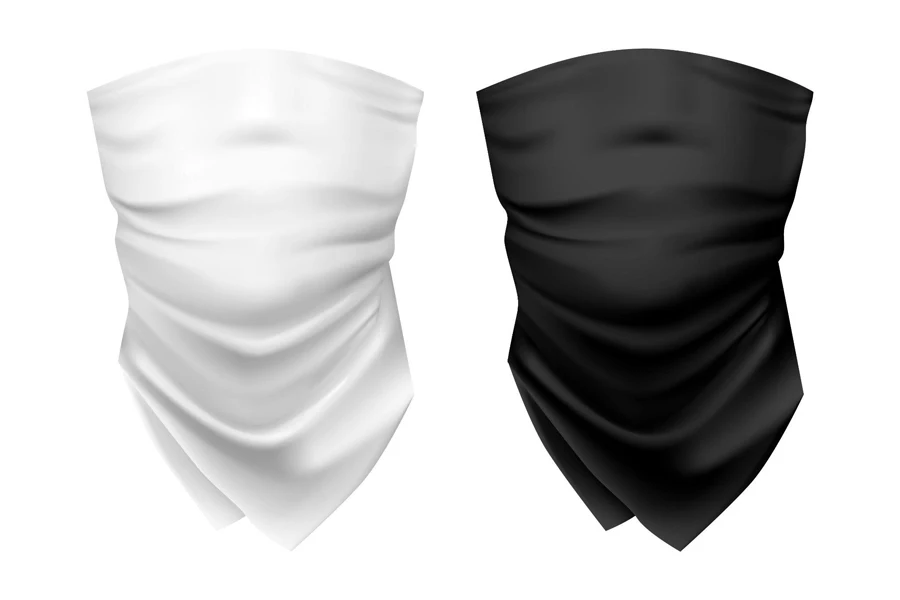
Types:
Generally, a three-hole mask features two for the eyes and one for the mouth, and a 2-hole mask simply leaves two larger openings for eyes. Choose the type that best suits your needs and preferences.
- Full-Face:
- Coverage: Covers the entire face, including the mouth, nose, cheeks, and often the neck.
- Functionality: Offers maximum protection against cold, wind, and sun exposure. Ideal for extremely cold and windy conditions.
- Variety: May come with or without vents for breathing. Some are designed to integrate with goggles.
- Balaclavas:
- Coverage: Covers the whole head, face, and neck, leaving only the eyes or part of the face exposed.
- Functionality: Provides comprehensive protection and warmth. Versatile in how it can be worn (e.g., pulled down to expose the face or just the mouth).
- Material: Often made from materials like wool, fleece, or synthetic fabrics for warmth and moisture-wicking.
- Neck Gaiters:
- Coverage: Covers the neck and can be pulled up to cover the mouth and nose.
- Functionality: Offers flexibility in coverage, can be easily adjusted, and is typically used for moderate protection against cold and wind.
- Material: Usually made from stretchy, breathable material. Some are designed for specific conditions with added insulation or moisture-wicking properties.
- Convertible Balaclavas:
- Coverage: Similar to balaclavas but with a hinged design allowing the lower part to move freely.
- Functionality: Provides versatility in adjusting coverage quickly, especially useful for changing temperatures or when eating and drinking.
- Material: Often made with recycled polyester and designed with various patterns and styles.
- Tube Masks or Buffs:
- Coverage: Cylindrical piece of fabric that can cover the neck, mouth, and nose.
- Functionality: Highly versatile, can be worn in multiple ways, including as a headband, scarf, or mask.
- Material: Range from lightweight for moderate conditions to heavier fabrics for colder weather.
- Headband:
- Design: A simple band of fabric worn across the forehead and ears.
- Coverage: Primarily protects the ears and forehead, leaving the face exposed.
- Material: Often made from materials like fleece or synthetic fabrics for warmth.
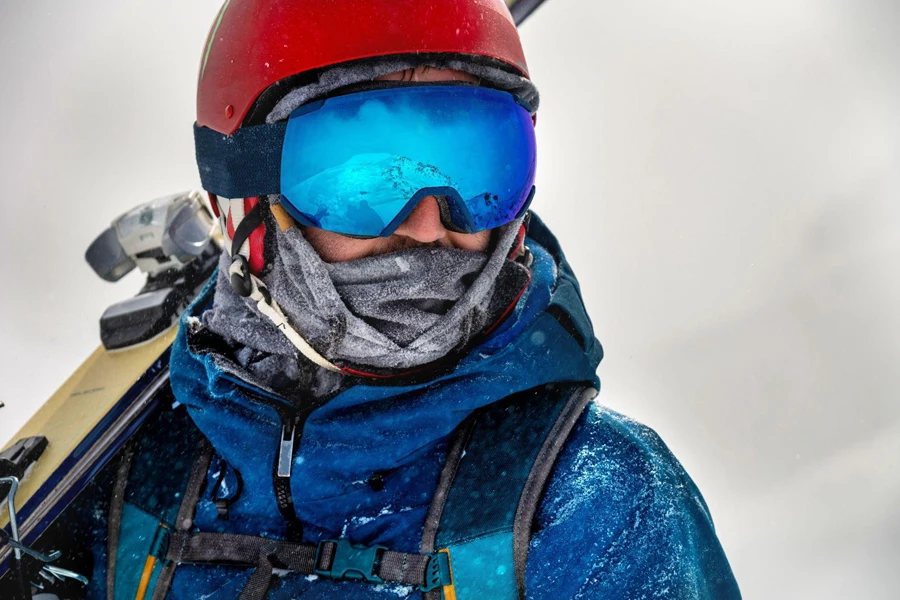
Top Picks
When it comes to selecting the best ski masks for 2024, a few standout models have garnered attention for their superior quality, comfort, and innovative features:
1. Ponyclava’s Best Overall For Women and Man Buns: It’s a unique solution for those with long hair who want to keep their face warm without the hassle of hair getting in the way, combining functionality with comfort and style.
- Unique Feature: It boasts a unique ponytail hole, providing a comfortable and snug fit for long-haired individuals and those with man buns.
- Ventilation: Designed with adjustable breathing ventilation to let air escape, preventing goggles from fogging up.
- Versatility: Light-to-mid-weight design makes it versatile for different weather conditions.
- Target Audience: Specifically designed for female skiers with long hair and works great for man buns too.
- Helmet Compatibility: The helmet-compatible ponytail hole fits perfectly under the back strap.
- Size Availability: XS-SM-L.
- Color Options: Grey.
- Origin: Born in Canada and made by women for women (and man buns).
2. Phunkshun Hybrid Convertible Balaclava: It’s known for its versatility and warmth, with a hinged design that allows for easy adjustment, whether you need to pull it down for a drink or convert it into a neck warmer. The reinforced face panel with weather repellency makes it an excellent choice for harsh conditions.
- Design: Hybrid design featuring a mesh-lined front face panel with Sorbtek® advanced moisture wicking and an Eco-Friendly DWR treated shell to repel water and resist freezing.
- Convertible Construction: ‘Hinged’ construction allows for easy adjustment and the ability to wear with the top down.
- Material: Made from Recycled Plastic Bottles using Repreve® Recycled Fiber.
- Additional Features:
- Mesh-Lined face panel for added protection and warmth.
- Ergo-Phit strategically contoured for better coverage.
- Anti-Phunk Odor Control to keep the headband fresher, longer.
- PFC-FREE BioBased ECO DWR – Water Repellent, Freeze Resistant.
- MAX Wicking – Mesh lining to keep you dry, cool, and comfortable.
- UPF 50+ Sun Protection – blocks 98% of UVA & UVB Rays.
- Fabric Content: 92% Recycled Polyester / 8% Spandex.
- Manufacturing: Manufactured in the USA with USA-Milled Fabric – 100% USA Made.
- Size: One Size Fits Most (OSFM) due to the incredible stretch of the fabric.
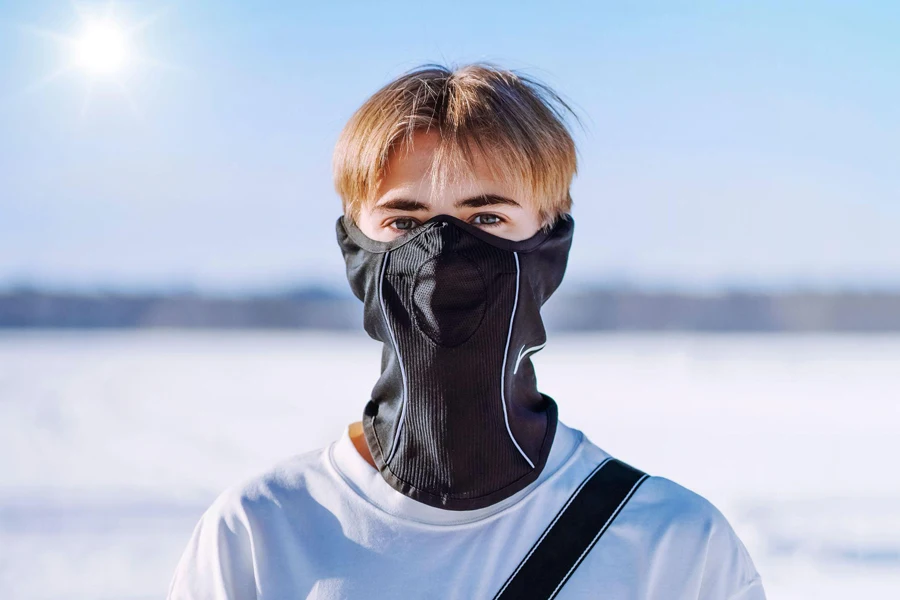
3. BlackStrap Expedition Hood: This midweight option stands out for its dual-layer construction, offering extra warmth in frigid weather while remaining lens-safe for ski goggle users. BlackStrap’s commitment to functional design is evident in the Expedition Hood’s ability to fit comfortably under helmets and serve as an impromptu goggle cleaner.
- Design: The Expedition Hood Balaclava is designed for ultimate warmth and protection, featuring a 360° PERFA dual-layer mesh liner for added warmth without compromising breathability.
- Technology:
- TREO fabric technology is freeze-resistant and highly abrasion-resistant with a soft-touch next-to-skin feel.
- Patented ExoHinge technology for maximum mobility and ergonomics ensuring zero compromise to overall fit and performance.
- Full 360° Wind-rated PERFA dual-layer lining.
- Fit: Helmet-friendly ergonomic fit, designed to be compatible with helmets.
- Functionality: Breathable, 4-Way Stretch, Dri-Flo (moisture-wicking), Quick-Dry, Dual-Layer, Thermal-Regulation, Odor-Free, Lens-Safe, SpectraUV (UPF 50+), Finish Seams.
- Care: Machine washer/dryer friendly.
- Size: One size fits most adults due to the incredible stretch of the fabric.
4. Smartwool Merino Sport Hinged Balaclava: It provides the benefits of merino wool, including odor resistance and temperature regulation, with added hinging for versatility, making it a preferred choice for those who prefer natural fibers without compromising on performance.
- Material: Made from a blend of 47% Polyester, 38% Merino Wool, and 15% Elastane.
- Warmth: Designed to provide comfortable face protection with good peripheral vision and Merino Sport Fabric over the nose and mouth for increased breathability, balancing protection from the elements and comfort.
- Merino Sport: Made for warm to cool weather, this ultra-lightweight hybrid fabric features engineered mesh in key areas to aid with breathability, Merino next to skin for temperature regulation, and polyester for durability and faster dry times.
- Merino Wool Benefits: Thinner and softer than regular wool, it’s easy to wear next to skin. Each fiber transports sweat away as a vapor, wicks moisture, and regulates body temperature to keep you cool in summer and warm in winter.
- Recycled Fabric: Made from a blend of Merino Wool and recycled polyester for increased durability and sustainability, offering cozy protection for adventurous cold days.
- Functional Features: The top of the balaclava is hinged and can be pulled back for extra venting, offering prolonged, comfortable face protection with good peripheral vision.
- Care Instructions: Machine wash warm gentle cycle, wash with customized colors.
5. Airhole Milk Fleece Balaclava Hinge: It combines comfort with anti-fogging features. The luxurious, rich milk fleece material ensures a soft touch against the skin and is rated for below-freezing temperatures, making it an excellent choice for extreme cold.
- Versatile Shape: Designed for maximum wearability with an ergonomic face and hinged head.
- Material: Double brushed stretch fleece that contours to the face for maximum comfort. The milk fleece is a luxurious, warm, and beautifully rich fabric that is hydrophobic in nature, having less risk of moisture absorption to keep you warm and dry.
- Luxurious Finish: Ultra-soft fleece provides superior face feel.
- Hydrophobic + Quick-Dry: Repels water and dries rapidly, making it ideal for 0 to −10°C / 32 to 14°F.
- Airhole Standard: All masks come with the Air Hole design to allow breath to escape freely, avoiding the build-up of condensation to keep you dry, warm, and goggles fog-free.
- Functional Features: The balaclava is designed to prevent goggle fog, keep your face dry, and provide free breathing.
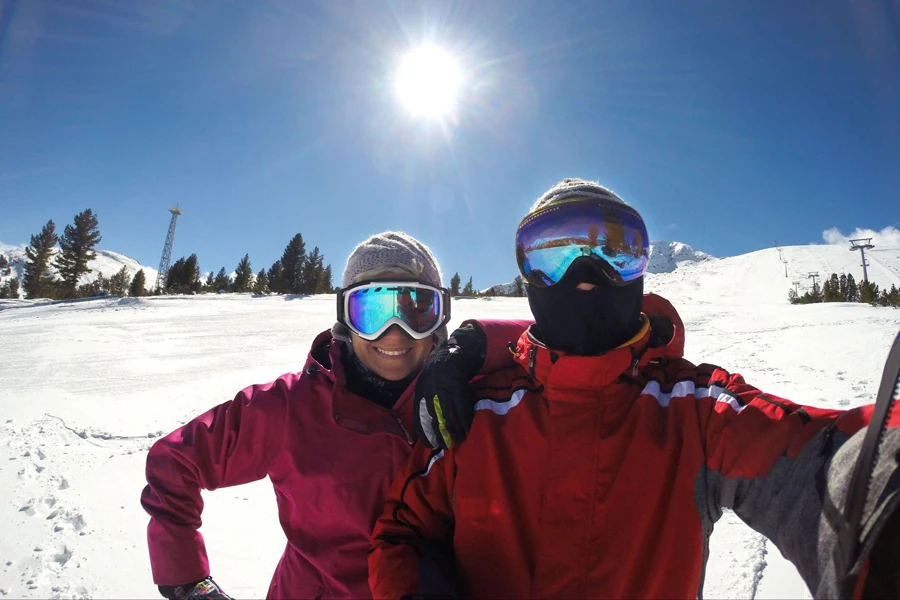
Conclusion
In 2024, selecting the best ski mask is to ensure a safe, comfortable, and enjoyable experience. Our guide has walked you through understanding the dynamic market, navigating through essential selection criteria, and reviewing top picks that combine innovation, comfort, and style. The right ski mask can significantly enhance your performance and enjoyment while protecting you from the harsh elements.
Whether you’re a seasoned skier or new to the sport, the evolving market of ski masks offers a range of options to suit every preference and condition. By considering the materials, design, breathability, and fit, and staying updated with market trends and top recommendations, you can make a choice that aligns with your needs and enhances your skiing adventure.
